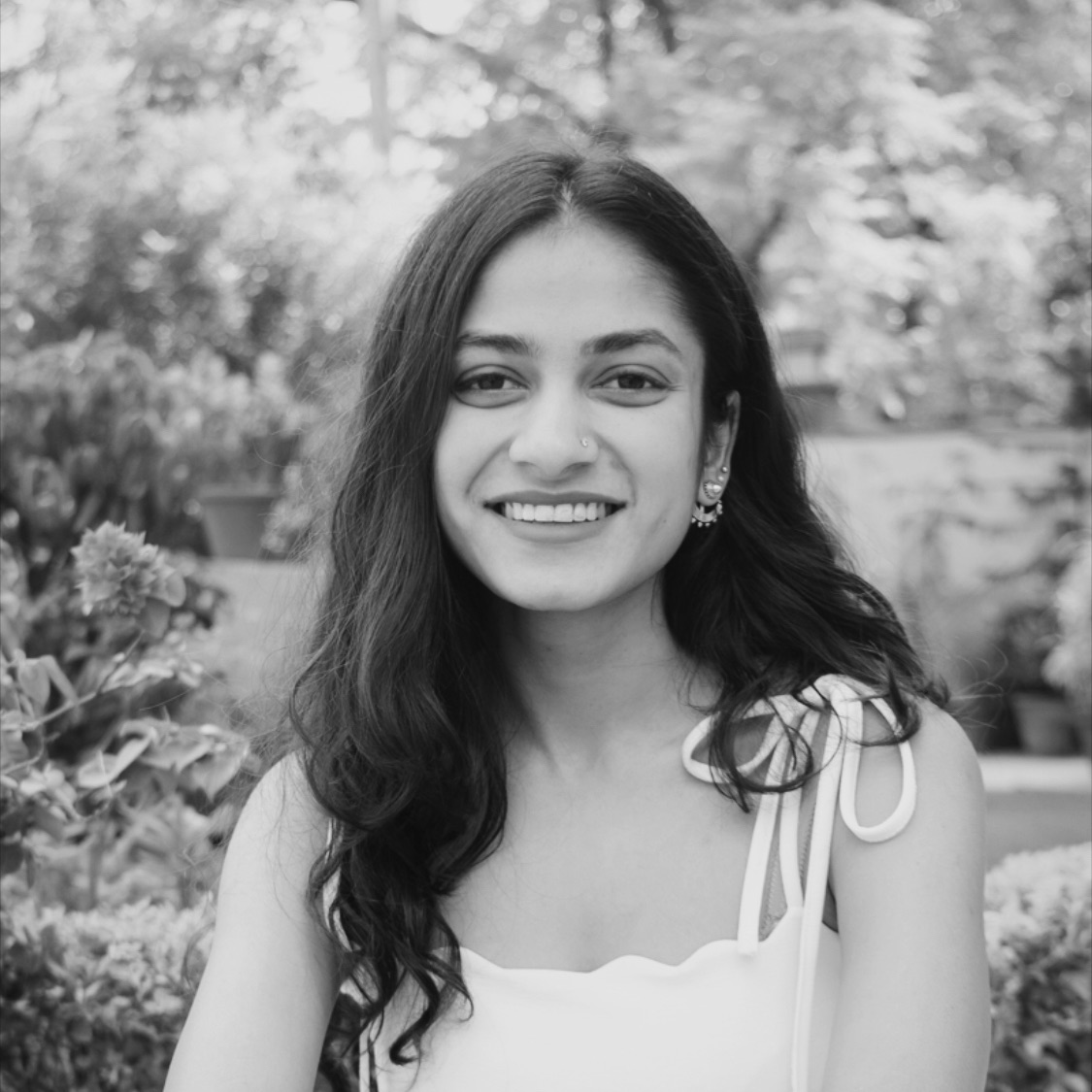PERSPECTIVES
Jain Monks, Scythian Princes and Persianate Influences: A 15th-century Folio
Action-packed scenes animate the paintings of the Jain Kalakacharya Katha manuscripts. Created in western India, around the thirteenth to fifteenth centuries, these illustrated manuscripts became a standard addendum to the Kalpa Sutra, a text which explains Jain cosmology and is particularly important to the Shvetambara sect of Jainism.
Written in the Prakrit language and set in 50 BCE, it recounts the mythical story of the Shvetambara monk Kalaka, whose sister — a beautiful nun of the Jain monastic order — is kidnapped by Gardabilla, the king of Ujjain, in present-day western Madhya Pradesh. Turned away by local kings and princes, the monk, famous for his miraculous powers, enlisted the help of ninety-six princes of the Saka clan — possibly Scythians, a population of nomadic people originally from Iran and recorded in textual histories from as early as the 9th century BCE — who crossed the Indus river to help him defeat his enemy.
Numerous adventures advance the narrative of this epic story. We see Kalaka showcasing his magical abilities by turning bricks into gold to convince the Saka princes to help him. A Saka prince shoots arrows into the mouth of Gardabhilla’s magical female donkey who guards Ujjain and whose terrible braying could, according to legend, immediately kill a hundred soldiers. Amidst this swashbuckling tale are illustrations that reveal a dynamic dialogue between indigenous and Persian influences — both in terms of content and visual language. Apart from its religious significance, the Kalakacharya Katha manuscript is also a prime example that shows how the western Indian manuscript painting tradition developed and matured stylistically during this time.
One of the folios, from c. 1400 CE, shows Gardabhilla being brought before Kalaka by a Saka prince. The latter’s green brocaded attire, headdress, boots, wide cloud-collar and trimmed beard are doubtlessly different from the Shvetambara monk’s plain white drape. But, more importantly, they are in contrast with Gardhabilla’s garb, although both figures are royalty. The Indian king is shown wearing a block-printed dhoti, an embroidered muslin waist tie and a differently-shaped crown. He also has a Vaishnava tilak, or mark on the forehead, a hatched beard and is barefoot. Interestingly, the Saka prince even has a different complexion and is the only figure with eyes that don’t extend beyond his profile and a long hooked nose. The artist uses a conventional red ground for the composition, in the style of western Indian paintings from this period. However, the depiction of the Saka prince, with his eyes set within the three-quarter profile, is distinctly Persian. Although the Scythians were not contemporary Persians, the depiction of the Saka prince in the Persian style is a stylistic choice that sets him apart as a foreigner amidst the other figures.
This image reveals that the artist at work had a clear awareness of Persian painting conventions which, by then, had permeated the painting ateliers in India through sultanate links, for example, through personal collections of local Muslim sultans who might have had Persian illustrated manuscripts in their libraries. Interactions of ideas from the two cultures, as characterised in this folio, would continue to develop in the latter half of the fifteenth century.
This can be discerned when one compares an older folio from c.1400 with an illustration from a Kalakacharya Katha manuscript from c. 1475, showing three monks fording a river. The latter exhibits Persian influences in its lavish use of gold paint instead of black ink in rendering the text, the application of ultramarine blue produced from precious lapis lazuli stones which replaces the erstwhile red ground and the addition of intricate, geometric floral patterns to the borders of the folios.
Local artists, who now worked for the Muslim sultans as well as Jain merchants, straddled both traditions, reinventing their visual language according to the tastes and preferences of their new clients. In due course, therefore, the western Indian Jain manuscript tradition acquired extraordinary levels of opulence and luxury, borrowing from the Persianate styles which tended to be ornate and rich. As Jain patronage extended from Gujarat and Rajasthan into Central and Northern India, and artists synthesised indigenous traditions with the wide range of colours and ornamentation associated with Persianate painting, as well as regional North Indian ateliers, they left a lasting legacy on the court styles of Malwa and other schools in the late fifteenth and sixteenth centuries.
Bibliography
Guy, John. “Jain Manuscript Painting.” In Heilbrunn Timeline of Art History. New York: The Metropolitan Museum of Art, 2000. https://www.metmuseum.org/toah/hd/jaim/hd_jaim.htm.
Pattanaik, Devdutt. “The Jain Monk and His Saka Saviours”. Devdutt. Accessed on May 7, 2024. https://devdutt.com/the-jain-monk-and-his-saka-saviours/.











